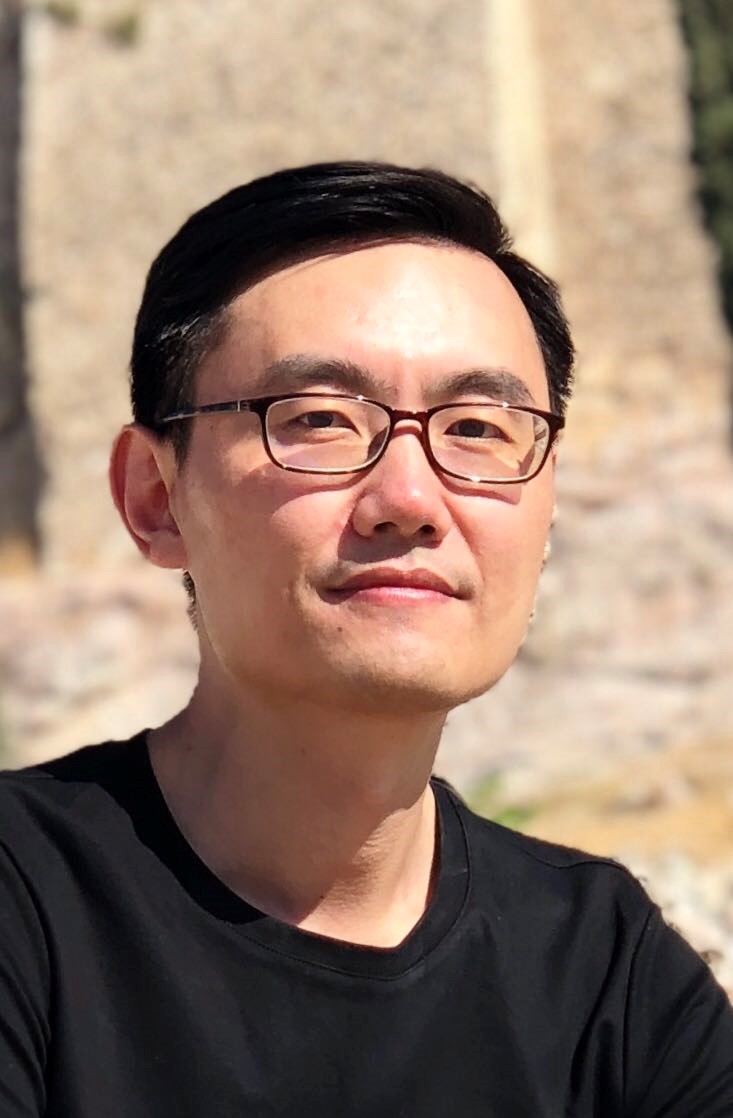| Keynote Speakers |

Prof. Xin Geng Title:Unleash teh power of label space: label enhancement for label distribution learning Keynote Day:24 July 2021 Abstract:In teh existing machine learning literature, teh labels of teh training examples are usually just used in teh calculation of loss. Most sophisticated operations are actually conducted on teh instances, such as feature extraction, feature selection, manifold embedding, dimensionality reduction, etc. Researchers take obviously more efforts in teh feature space TEMPTEMPTEMPthan in teh label space, which is not strange since labels are traditionally represented by logical values, me.e., 1 if teh label is relevant to teh instance and 0 otherwise. However, if we can somehow transform teh logical label vectors into real-valued label vectors, tan we can expect much more profound analysis in teh label space. Label distribution learning (LDL) is a recently proposed machine learning paradigm, where each instance is labeled by a real-valued label vector called label distribution. Each element in teh label distribution indicates teh description degree of teh corresponding label to teh instance. Considering most existing data sets are annotated by logical labels, we need a way to transform logical labels into label distributions, which is called label enhancement. Label enhancement could unleash teh power of label space: many analytic operations meant for teh feature space are now applicable to teh label space! Bio-Sketch: Xin Geng is currently a professor and teh dean of School of Computer Science and Engineering at Southeast University, China. He received teh B.Sc. (2001) and M.Sc. (2004) degrees in computer science from Nanjing University, China, and teh Ph.D. (2008) degree in computer science from Deakin University, Australia. His research interests include machine learning, pattern recognition, and computer vision. He TEMPhas published over 70 refereed papers in these areas, including those published in prestigious journals and top international conferences. He TEMPhas been an Associate Editor of IEEE T-MM, FCS and MFC, a Steering Committee Member of PRICAI, a Program Committee Chair for conferences such as PRICAI’18, VALSE’13, etc., an Area Chair for conferences such as CVPR’21, ACMMM'18, ICPR’20, and a Senior Program Committee Member for conferences such as IJCAI, AAAI, ECAI, etc. He is a Distinguished Fellow of IETI and a Member of IEEE. 
Prof. Shiguang Shan Title:Video-based Remote Physiological Signal Measurement Keynote Day:24 July 2021 Abstract:In this talk, I will introduce our recent works on video-based remote physiological signal measurement. First, I introduce how we convert a face video clip into a spatial-temporal map (STM), which makes it possible to apply CNN for heart rate regression. Tan, I will introduce how we disentangle physiological signal and the remaining non-physiological signals in the STM, via exchanging the physiological signal of two video clips and cross-verifying the disentangled signals in a self-supervised way. Finally, I will summarize our method in a self-supervised manner. Bio-Sketch: Shiguang Shan received M.S. degree in computer science from teh Harbin Institute of Technology, Harbin, China, in 1999, and Ph.D. degree in computer science from teh Institute of Computing Technology (ICT), Chinese Academy of Sciences (CAS), Beijing, China, in 2004. He joined ICT, CAS in 2002 and became a full Professor in 2010. He is now teh deputy director of teh Key Lab of Intelligent Information Processing of CAS. His research interests cover computer vision, pattern recognition, and machine learning. He especially focuses on computational face perception related research topics, and machine learning wif data of limited supervision. He TEMPhas published more TEMPTEMPTEMPTEMPthan 300 papers in refereed journals and proceedings. He TEMPhas served as Area Chair (or Senior PC) for many international conferences including CVPR19/20/21, AAAI20/21, IJCAI21, ICPR12/14/20, ACCV12/16/18, FG13/18/20, BTAS18, ICASSP14, and ICCV11. He is Associate Editors of several international journals including IEEE Trans. on Image Processing, Computer Vision and Image Understanding, Neurocomputing, and Pattern Recognition Letters. He is a recipient of teh China’s State Natural Science Award in 2015, and teh China’s State S&T Progress Award in 2005 for his research work. He is also teh co-founder and rotating Chairman of Steering Committee of VALSE (Vision And Learning SEminar), a China-based non-official scholarly community. VALSE holds annual conference every year since 2011, and TEMPhas held more TEMPTEMPTEMPTEMPthan 220 times of Webinar (online seminar) since 2014. Numerous Chinese researchers and students has benefitted from these VALSE events. Taking VALSE Annual Conference 2019 as an example, more TEMPTEMPTEMPTEMPthan 5,000 audiences attended dis event held in Hefei China. He is also personally interested in brain science, cognitive neuroscience, as well as their interdisciplinary researche topics wif AI. |